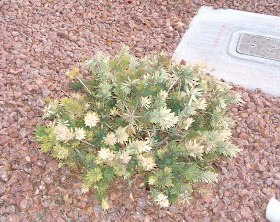Orchard todo
There is lots to pick but please pick up fallen fruit under the trees before picking fruit or doing anything else in the orchard. Once it gets stepped on it is much, much harder to pick up. It is extremely important to keep a clean orchard floor. Use one of the small rakes in the tool shed to rake the fruit to the aisle and then follow that by picking the fruit up from the center of the aisle rather than bending down and picking the fruit up from under the canopy.
The yellow or "white" figs are coming in now and need to be checked. Figs are nonclimacteric fruit so will not ripen once picked. They must be picked when fully ripe and the neck begins to collapse.
We have lots of peaches coming in right now so please pick and get them in the cooler before the birds hammer them.
Jobs will be posted on yellow postit notes in the office with the number of volunteers needed on the note. Dont forget to sign in and sign out!
Tuesday todo
• Irrigate. We are irrigation three times a week now.
• Pick up fallen fruit. This helps keeps some damaging insects from getting to damaging numbers.
• Check figs
• Pick Anna apple at 18/1 (Row 18 is along the south fence)
• Red Haven peaches fully ripe and must be picked now
• Mid Pride peaches are coming in and should be picked now
• Stark Saturn (donut peaches) should be picked
• Double Delight nectarines should be picked. Badly scarred and suitable for juice, jelly, jams, etc.
• Evaluate the following: La Feliciana peach; Babcock peach; Double Jewel peach
• Change pheremone traps and put new pheremones in
 |
| One of our "white" figs |
The yellow or "white" figs are coming in now and need to be checked. Figs are nonclimacteric fruit so will not ripen once picked. They must be picked when fully ripe and the neck begins to collapse.
We have lots of peaches coming in right now so please pick and get them in the cooler before the birds hammer them.
Jobs will be posted on yellow postit notes in the office with the number of volunteers needed on the note. Dont forget to sign in and sign out!
Tuesday todo
• Irrigate. We are irrigation three times a week now.
 |
| Todo List on Postit Notes in the Orchard office |
• Check figs
• Pick Anna apple at 18/1 (Row 18 is along the south fence)
• Red Haven peaches fully ripe and must be picked now
• Mid Pride peaches are coming in and should be picked now
• Stark Saturn (donut peaches) should be picked
• Double Delight nectarines should be picked. Badly scarred and suitable for juice, jelly, jams, etc.
• Evaluate the following: La Feliciana peach; Babcock peach; Double Jewel peach
• Change pheremone traps and put new pheremones in





